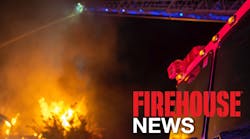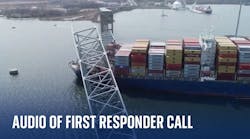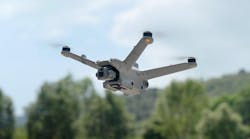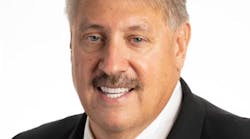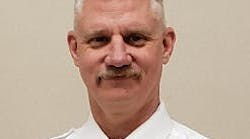ALEXANDRIA, Va. (AP) -- Questions of life and death hang in the air at the Alexandria Emergency Communications Center.
``Anybody hurt?'' ``Do you need police or fire?'' ``911 -- What is your emergency?''
When 911 calls made by people using traditional phones stream into the center, operators can trace the street address and send help.
To give cell phone users the same protection, the center recently began using one of the nation's most advanced systems for pinpointing wireless callers in trouble.
``We can drill down on the computer map almost to where they're standing,'' said David Baker, deputy chief with the Alexandria Police Department. He said cell phone users account for almost a third of 911 calls received.
In a demonstration Friday for a top federal regulator, an incoming 911 call from a cell phone was shown on a flat-panel screen. The caller's location was represented by a red triangle on a city map.
With a few computer mouse clicks, an operator zoomed in to show neighborhoods, then blocks and buildings, until the caller was pinpointed to within about 100 yards.
The screen updated seconds later to show the caller in motion, moving through a parking lot outside.
``This department and this center are really at the front edge of the new technology that we are rapidly trying to drive throughout the country,'' said Michael Powell, chairman of the Federal Communications Commission.
``Hopefully, a year from now and as we continue to progress we'll be able to see more than just demonstrations but lives saved.''
Creating a system for locating cell phone users who call 911 has been a challenge for wireless companies, regulators and workers at the country's 7,000 emergency dispatch centers.
The FCC established a timetable in 1996 for cell phone companies to put in place the upgraded service known as E911 -- ``enhanced 911.'' By Oct. 1, 2001, or within 6 months of a 911 center's request, wireless providers were to have modified local networks to pinpoint almost all wireless 911 calls to within 1,000 feet.
Alternatively, carriers could choose to offer phones capable of allowing centers to track by global positioning satellite data. Those that choose the handset option must have 95 percent of their customers using the technology by the end of 2005. Industry officials say they are largely meeting the deadlines.
The technology works, but so far only one in 10 emergency call centers has the equipment needed to precisely locate cellular callers, according to the National Emergency Number Association.
Public safety officials and lawmakers say a lack of money from cash-strapped local governments is slowing the nationwide rollout. Some states have diverted millions of dollars in E911 funds collected from consumer phone bills to plug budget shortfalls elsewhere.
Sens. Conrad Burns, R-Mont., and Hillary Rodham Clinton, D-N.Y., have proposed legislation to provide $500 million in annual grants for updating 911 services and training emergency workers. States that divert funds intended for E911 would be denied the grants.
Deputy chief Baker said E911 is even more important because people increasingly are using cell phones as their only phone. He said the Alexandria call center has not yet used the new technology for an emergency.
Until the most recent upgrade, the center used an older system that could locate the cell phone towers relaying a call, Baker said. That system, which went into effect in the FCC timetable's first phase, was limited because a tower can be more than a mile away from a caller.
Officials from Nextel, Cingular Wireless and AT&T Wireless demonstrated their versions of E911 technology with test calls at the Alexandria center.
Showing the technology's growing pains, a problem with a third-party database diverted the AT&T Wireless call to a 911 center in neighboring Arlington. A company spokeswoman said the problem was quickly fixed.
``E911 is such a simple-sounding capability matched only by the complexity that it takes to actually put into place,'' the FCC's Powell said. ``There are three things that make this difficult: complexity, coordination and bucks.''
On the Net:
Federal Communications Commission:
http://www.fcc.gov
National Emergency Number Association:
http://www.nena.org
